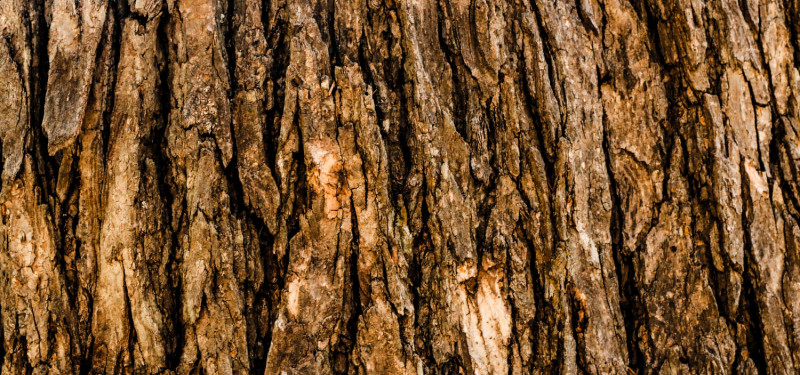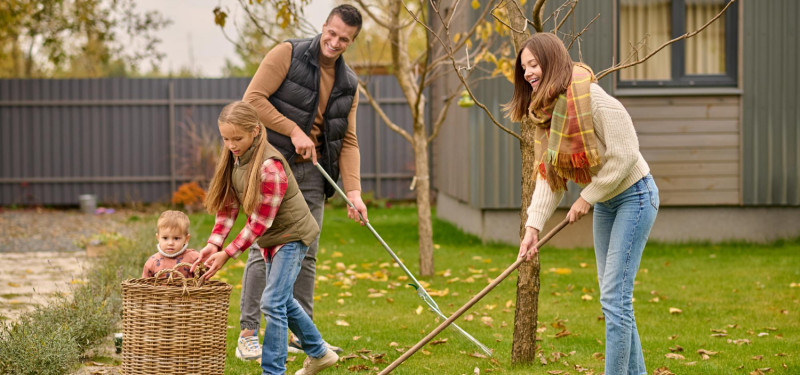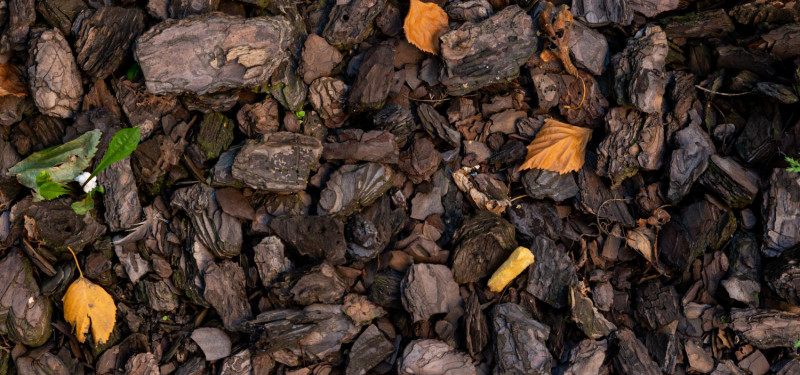The decision to buy an apricot tree and maybe some other fruit trees was a good one. Now you want to make sure that the trees have a chance to mature and eventually bear fruit. For that to happen, they need to make it through the winter.
With fruit trees, it's not a matter of leaving them as-is and hoping for the best. There are specific steps you can take to prepare those trees for the winter and ensure that they don't sustain damage during the cold weather. Here are some basic tips that will help you handle the preparation for just about any type of fruit tree.
How to Prepare Fruit Trees for Winter and Prevent Winter Damage
Begin The Preparation During The Summer By Painting All Of The Tree Trunks
Winter preparations will begin months before the first sign of cold weather. The first step you will take is during the summer months. You can wait until the late summer, but ensure this is done while the temperature is still warm.
Prepare a solution that's one part water and one part white latex paint. Using a standard-size brush, apply the mixture to the trunks of your fruit trees. Make sure the coating is the event. If necessary, allow the first coat to dry, inspect it to ensure it coats the trunk properly, and apply a second coat if needed.
Why are you painting the tree trunks? The answer is simple: protecting the tree from sunburn. Even in the dead of winter, direct sunlight could cause the bark to crack. The potential is even greater if there's snow on the ground and it's reflecting the light toward the tree. You went to the trouble to buy peach trees online earlier in the year; you don't want to lose them because wintry conditions lead to cracks in the bark.

Forget About Pruning in the Autumn
Pruning trees at certain times of the year is a good thing. However, refrain from pruning them as summer become autumn. That's when the trees will begin to shed foliage and go dormant. The last thing that you want to do is interfere with that process.
What's so important about dormancy? That's how nature protects fruit trees from cold weather. If you prune in the autumn and there's a sudden warm spell, there's the chance that the trees will be tricked into activity and begins to sprout fresh foliage too soon. The shock to the tree could mean they don't make it all the way to springtime.
Don't prune anything right now even if you notice dead limbs on the tree. At best, you can feel free to haul away any limbs or branches that may break off the tree. Everything else must remain in place until autumn is over and winter is well underway.
But Be Prepared to Prune Once the Trees Are Dormant
While you don't want to prune in the autumn, doing some light pruning is often recommended once winter is in full swing. That's because the trees are now fully dormant. As long as there's snow on the ground, the odds of the temperature rising enough for the trees to activate are somewhere between slim and none.
There are ways to go about the pruning. Follow these tips for the best results:
- Wait until winter has progressed a bit. Something in January or February will be fine.
- Pay attention to spacing. Instead of hacking away with abandon, remove dead limbs and branches first. From there, consider thinning out areas that might be too crowded once the new growth starts.
- Do choose a relatively mild day. You don't have to get out in a snowstorm to prune those trees. Opt for one that's cold but sunny. That will help you see what you're doing a little better.
- If there's fresh growth on the tree, you've waited too long. This is most likely to happen as late winter gives way to early spring. At that point, forget about winter pruning and allow the trees to fully activate before you think about thinning anything other than dead branches and limbs.
Do Clean Up Around the Base of Each Tree
You may have heard that it's fine to leave different types of debris around the base of a fruit tree. That's incorrect information. In fact, you want to clear away most debris so that you have easy access to the base.
The point is that you will be replacing whatever is around the tree as part of the preparation for winter. Even if what you used before was helpful in previous seasons, it needs to go now. That's because what was there before supported growth. You now want to use a ground cover that will protect the tree while it's dormant.

Use The Right Type of Mulch to Prepare For Dormancy
The kind of materials you want to use around the tree must offer protection and insulation. They also need to be something that will break down over time and add nourishment to the soil. Start the mulching in the late fall, before the first frost.
You have several options for your winter mulch. Consider each of these and what they have to offer:
- Wood chips: one of the best options for this purpose, the chips will provide plenty of protection for the root system.
- Bark mulch: in like manner, bark mulch is organic and provides the protection that the tree's roots will need. It's also something you can harvest from dead limbs and branches.
- Pine needles: whether from short or long-needle pines, dried pine needles are great for use during this time of year. Like wood, the needles will gradually decompose and feed the soil. In the meantime, they help to keep the roots protected from snow and ice.
Leaves/Compost: You can run leaves through a chipper, and make a fine mulch that works well. Do keep in mind the leaves need to be dried in order to provide the protection that's needed. While workable, this is not the best option since the leaves can compact and freeze as the winter progresses.
- Straw: This is another excellent choice. Like pine needles, straw holds up well, provides plenty of protection from snow and ice, and will break down over time and nourish the soil.
There are also some mulch selections that you want to avoid as part of the winter preparation:
- Manure: Manure is rich in nutrients, which makes it great when the trees begin to sprout new foliage in the springtime. What you don't need is this infusion of nutrients when the tree is supposed to be dormant. Keep the manure in the garden shed until the weather warms up.
- Rocks: They're great around tree bases when the weather's warm and you want to ensure more water seeps into the ground. Seepage is not what you want during the winter. Like the manure, save the rocks for use after the weather is warmer.
- Any other inorganic material: Essentially, any inorganic material that might be fine for the warmer months needs to be avoided during the winter preparation.
General Tips for Mulching
Now that you know what to use and what not to use, how about the mulching proper? These tips will help you know what should be done:
- Thin is not in when it comes to mulching for winter preparation. Make sure you layer at least six to eight inches deep around the tree base. That will be sufficient to prevent damage to the roots.
- Extend the mulch all the way to the tree's drip line. To get an idea of how far that would be, look at the branch configuration. The line is how far the branches protrude from the trunk.
- Do be mindful of piling the mulch around the trunk base or even allowing it to touch the tree trunk at all. Keep it about six inches away from the trunk. That will usually be enough to prevent vermin from burrowing in the mulch and damaging the tree's bark at the same time.

Water Thoroughly Before The Ground Freezes
Choosing to buy a mulberry tree online indicates you want the tree to live long enough to mature. As part of the winter preparation, water it thoroughly before the ground has a chance to freeze. It's actually a good idea to give the root system a good soaking twice before it gets too cold.
Consider a good soak before you apply the mulch. It's fine to do the second soaking after the mulch is present, as long as the temperature has not dropped down to around freezing. That will give the roots the moisture needed and won't interfere with the process of going dormant.
Invest in Tree Cages for Younger Trees
One last thing you can do is invest in tree cages. They encompass the tree trunk and extend up a few feet. While they don't do anything for the roots, they can do a lot to protect the bark.
During winter time, wildlife might try to feed on the bark. With the cage in place, it's harder to get to the trunk. See this as a way to ensure that your decision to buy a quince tree earlier in the year doesn't lead to having anything of value left by the time spring returns.
Your goal is to make sure your trees are properly winterized and capable of living through the cold weather. Put these tips to good use, and the outcome will be trees that begin to develop new growth as the weather warms. Depending on the age of your fruit trees, your careful preparation may pay off in the coming year by enjoying your first crop of tasty fruit.